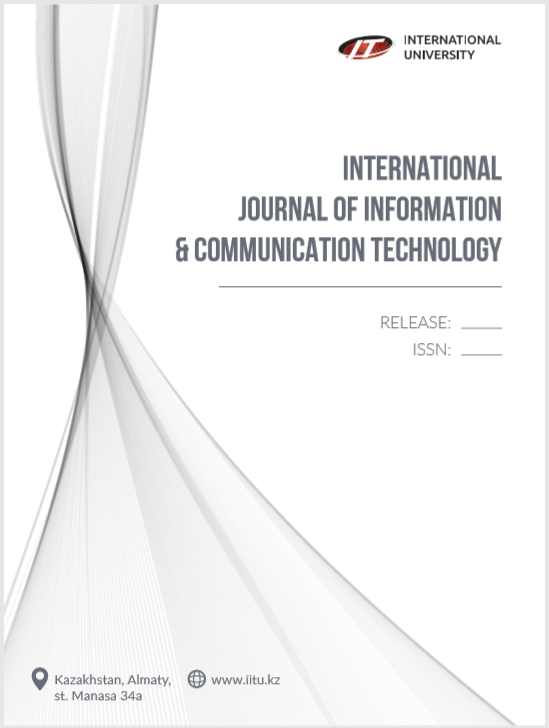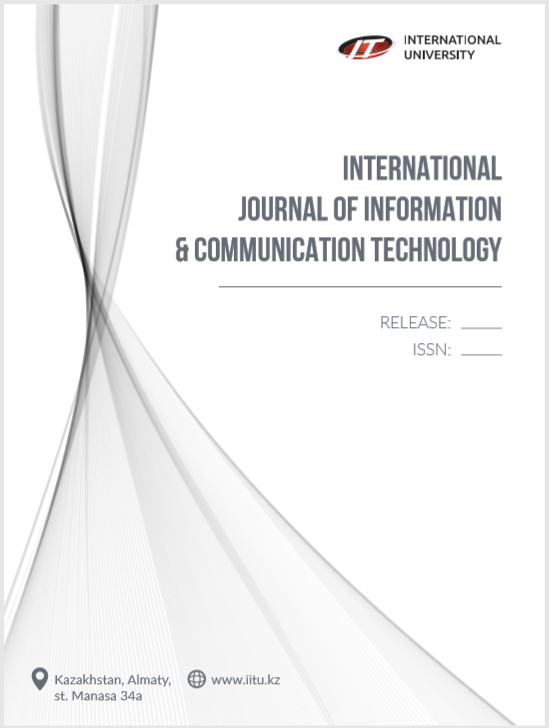TRANSITION FROM 4G LTE TO 5G. INNOVATIVE POTENTIAL OF THE 5G ECOSYSTEM
DOI:
https://doi.org/10.54309/IJICT.2022.10.2.005Keywords:
ecosystem, 5G, speed, data transfer, internet, efficiencyAbstract
This article is based on an analysis of the new generation of 5G network.
The smooth transition from the fourth generation to the fifth and the need for a 5G
network for connection and data transmission are considered. Also, the impact of the
new generation network on the global economy. Transition problems and technical needs
for network implementation are analyzed. Everyday products and communications,
whether images, audio, or video, are increasingly dependent on high-speed, 24/7
Internet connections. To keep up with the ever-increasing demand, the 5th generation
of wireless network technology was introduced; better known as 5G. Perseverance in
technological innovation contributes to a timely economic recovery and will continue
to promote prosperity in the post-pandemic era. 5G advances mobile communications
from connecting people to people and people to information to a single communication
network connecting everyone and everything. This paper examines the evolution and rise
of wireless technologies of all generations, highlights the importance of revolutionary
5G networks, examines the main technologies that make it possible to apply them,
explores their trends and challenges, explores their applications in various industrial
sectors.
Downloads
Downloads
Published
How to Cite
Issue
Section
License
Copyright (c) 2022 INTERNATIONAL JOURNAL OF INFORMATION AND COMMUNICATION TECHNOLOGIES

This work is licensed under a Creative Commons Attribution-NonCommercial-NoDerivatives 4.0 International License.
https://creativecommons.org/licenses/by-nc-nd/3.0/deed.en


